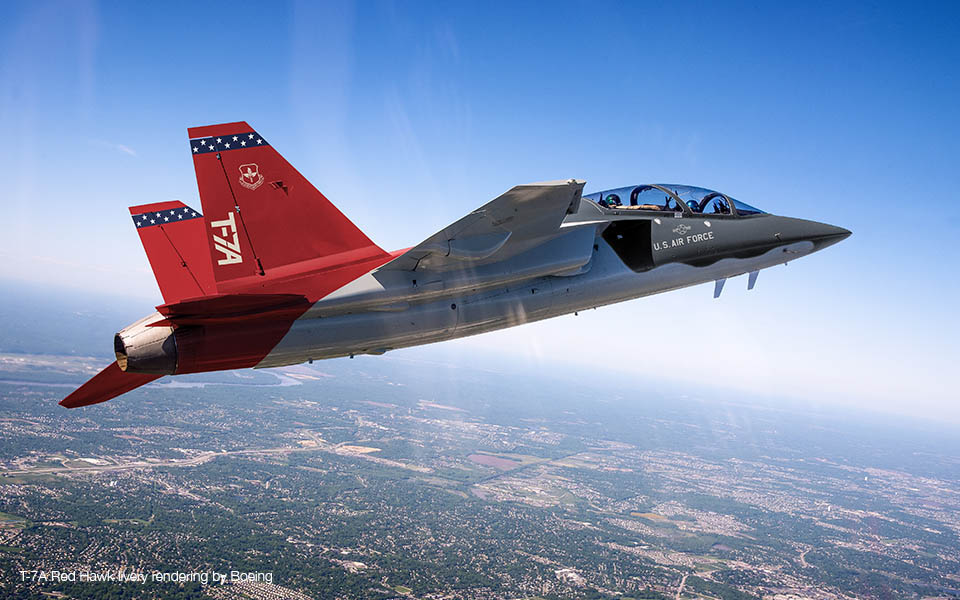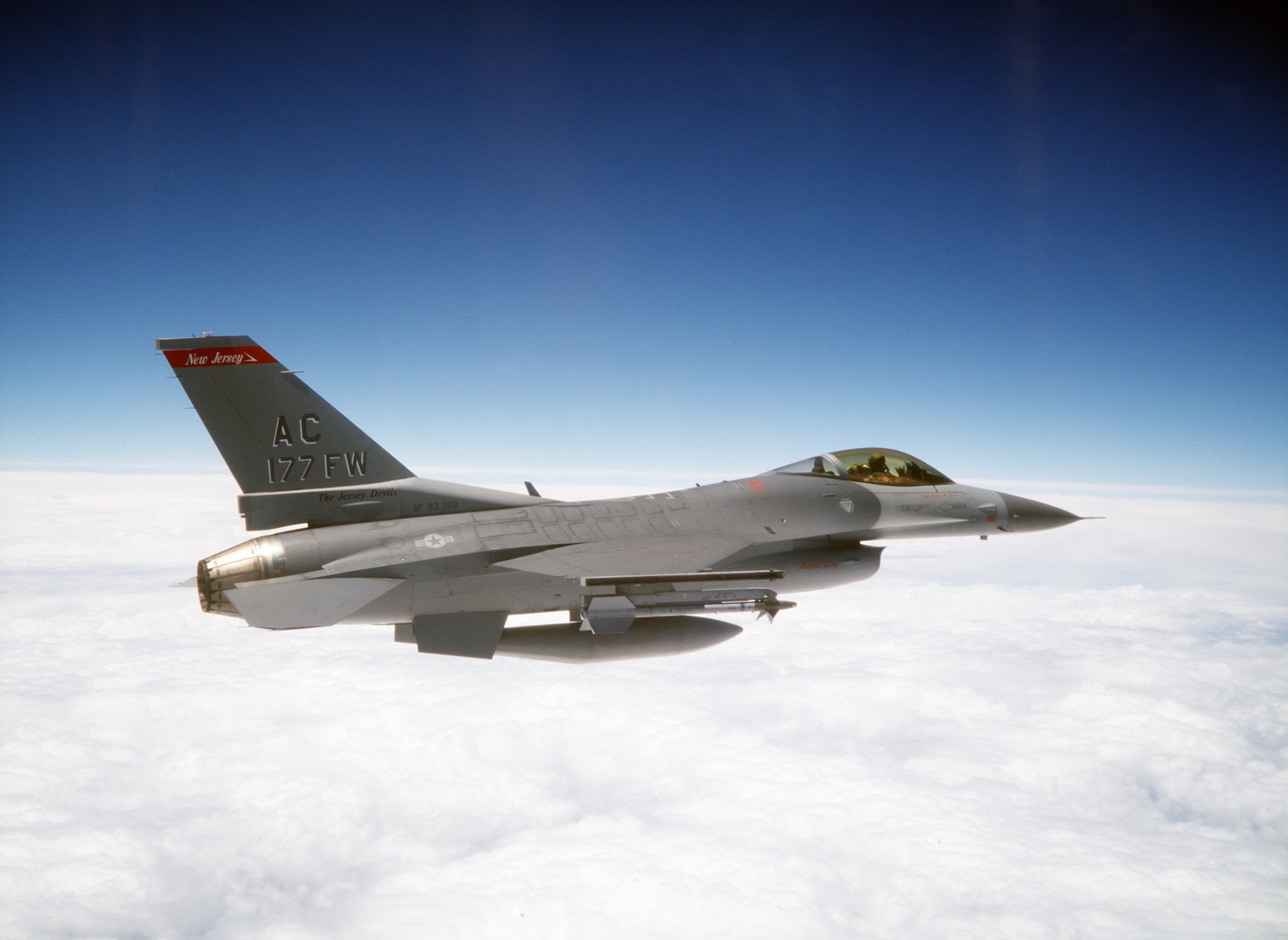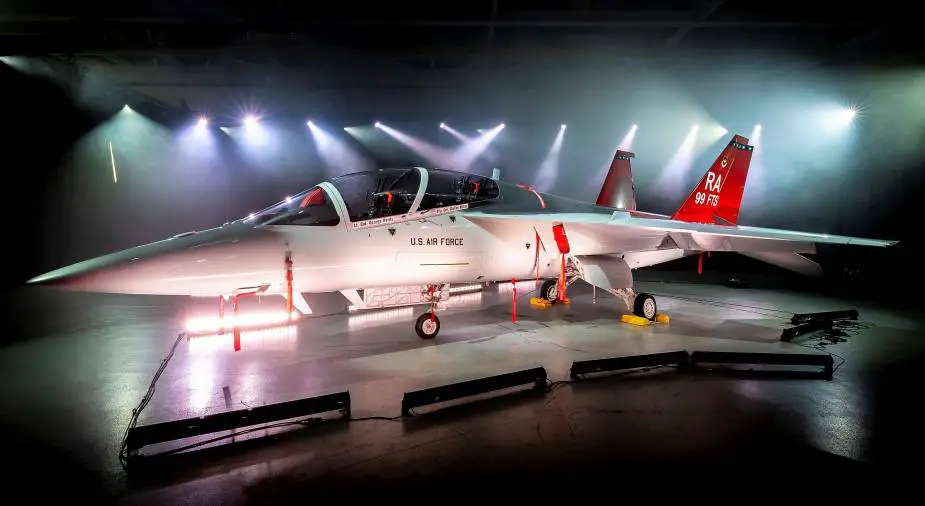The training aircraft of the US Air Force (USAF) is set to be transformed as defense manufacturers Boeing and Saab are entering the final stages of engineering and development of the T-7A Red Hawk, following which the aircraft will finally be ready for production.
In December 2022, media reports indicated that the production of the new T-7A Red Hawk training jet for the Air Force had been delayed until 2024 due to design and testing issues. Pre-production flight testing is planned this year.
The first five operational Red Hawks were expected to be delivered in 2023 when the service granted Boeing a $9.2 billion contract to design and build the next-generation training jet in 2018. However, Boeing anticipates that the Air Force will place its first order for operational aircraft in 2024.
The service intends to purchase 46 simulators, 351 Red Hawk aircraft, and ground equipment. Combat training for the US Air Force (USAF) is transitioning to the digital age. The existing trainers of the service, T-38 Talons, will eventually be replaced by a fleet of Red Hawks.
For the Red Hawks, using digital design approaches has already resulted in an 80% reduction in assembly time, enabling the production of more planes in lesser time. The Red Hawk’s development process was also quicker than comparable land-based vehicles, taking less than three years from the concept stage to the first flight.

The maintenance-conscious design of the Red Hawk is noteworthy. Four workers can completely replace the engine in half a day. There is just one fueling point within reach of the maintenance control panel, and high wings give upright access to inspection points.
In addition, during assembly, half of the aircraft’s CPU slots will be left empty, leaving the other half free for later modifications.
The Red Hawk is the first Air Force aircraft to use digital design tools, enabling it to go from computer screen to first flight in just 36 months. Digital design, agile software, and digital engineering technologies have significantly reduced the time between developing the aircraft and getting it ready for aerial testing.
The open architecture software of the T-7A will make it particularly adaptable to its predecessors once it is in service, allowing it to add new capabilities and training components to keep up with the modernization of the Air Force.
However, the most noteworthy feature of this cutting-edge trainer is that this aircraft will be equipped to dogfight Chinese and Russian fighter jets, as noted by EurAsian Times. This is a one-of-a-kind experiment undertaken by the USAF in the era of digital combat.
USAF T-7A Trainer Jet Can Double Up As A Fighter Jet
The T-7A poses a severe challenge as an aggressor aircraft due to its small size, making it exceedingly difficult to spot during combat within visual range. Further, locating the aircraft will become difficult due to the thrust and design, which will give the plane considerable agility.
According to reports, the USAF may view the T-7A as a viable next-generation aggressor platform as there is an increasing need for more adversary support for the 5th-generation stealth fighters who are not challenged by small formations of fighters.
In addition, it has been noted by experts that using fifth-generation aircraft against other fifth-generation fighters for basic air-to-air training is incredibly inefficient and financially unviable.
This essentially lends more credence to the idea of a next-generation trainer aircraft that could train USAF pilots to prepare against Chinese J-20s or the Russian Su-57.
The T-7A is powered by a single GE-F404 turbofan engine, which produces about 17,200 pounds of thrust. Twin tails, slats, and large leading-edge root extensions (LERXs) allow for low-speed handling and agility, making T-7A’s performance similar to the USAF F-16 but at a much lower operating and acquisition cost.

The comparison of the Red Hawk trainer with the US F-16 fighter jet is worth underlining as the latter is one of the best fighter jets in the world and has a rich history of combat and dog fighting.
A few years ago, the US Edwards AFB reportedly conducted an experiment in which the F-16s and F-35s engaged in air-to-air combat to gauge the viability of the much-discussed 5th-generation fighter.
In what would become fodder for discussion for several years to come. According to some media reports that cited specific test results, an F-16 actually “out-performed” an F-35 in a battle. If the Red Hawks trainer has capabilities comparable to the F-16, it could be a massive addition to USAF’s combat prowess and aggressor training.
EurAsian Times had observed in previous articles that the T-7A could be modified into a highly competent light fighter that is also reasonably priced by adding tiny AESA radar, an electronic warfare system, and either an internal or podded infrared search and track (IRST) system.

Last year, an Associate Professor of Indo-Pacific Studies at the USAF Air University Culture and Language Center, Amit Gupta, noted in his article for the EurAsian Times that the “airpower requirements of most nations are not centered around the expensive fifth or 4.5-generation fighters like the F-35 Lightning, the French Rafale, or the Typhoon Eurofighter.”
With several countries exploring Light Attack fighter jets, the Red Hawk could perform exceedingly well in the export market, especially as cash-strapped countries continue to hold off purchasing new combat jets that would cost them a dime.
- Contact the author at sakshi.tiwari9555 (at) gmail.com
- Follow EurAsian Times on Google News




